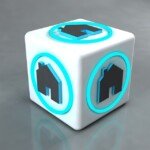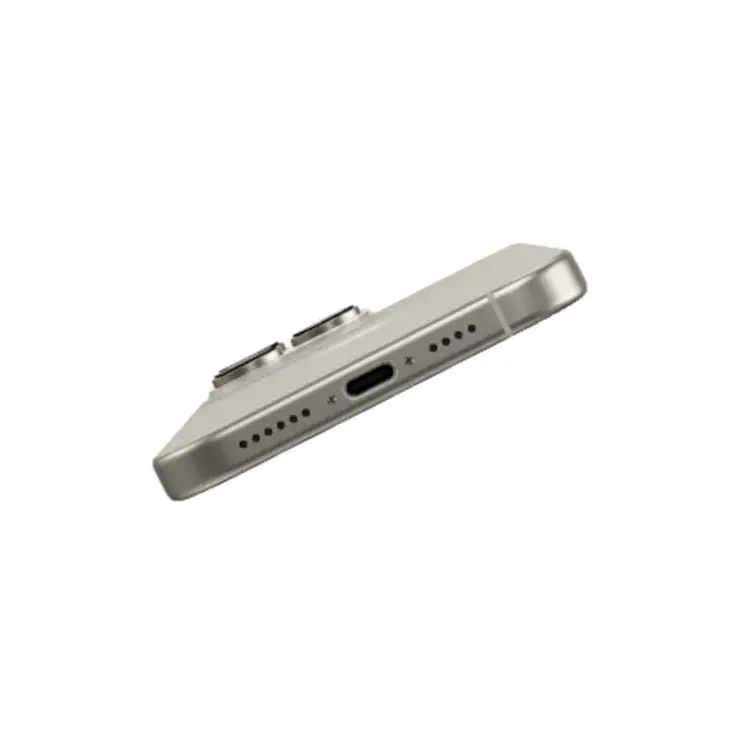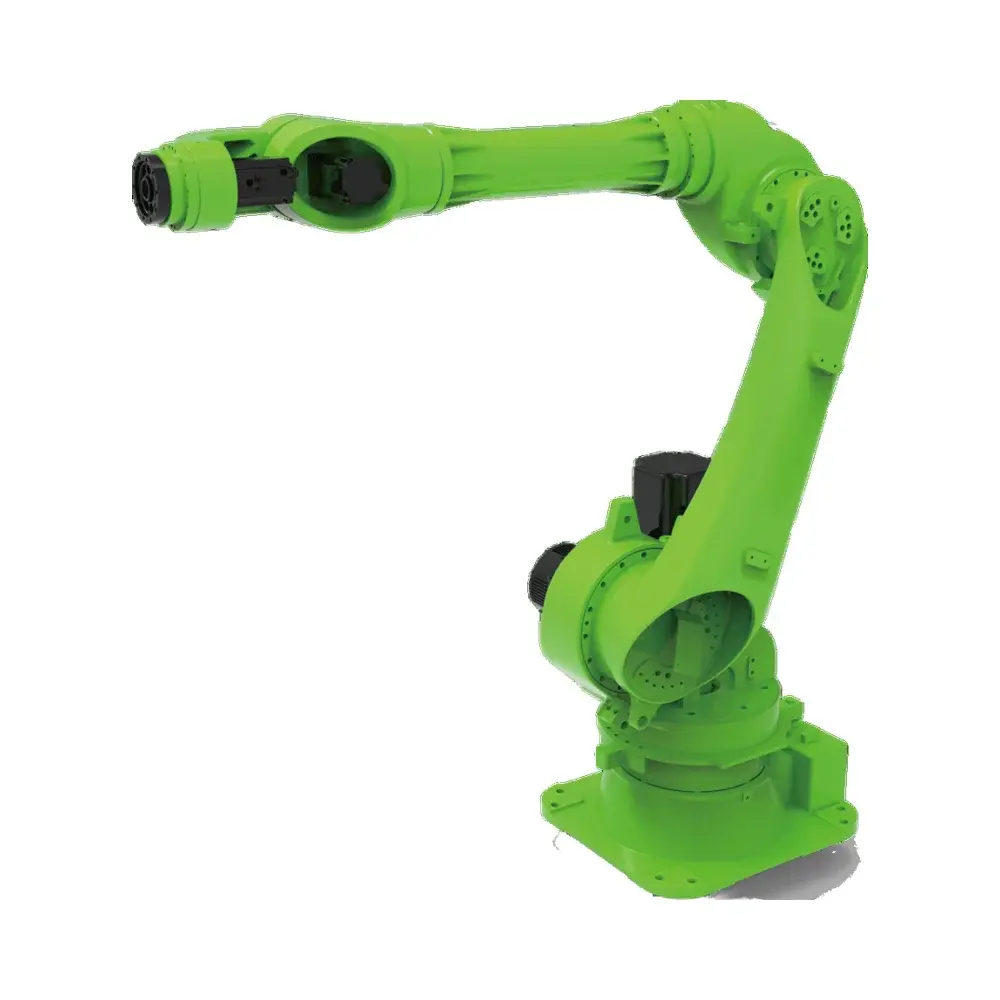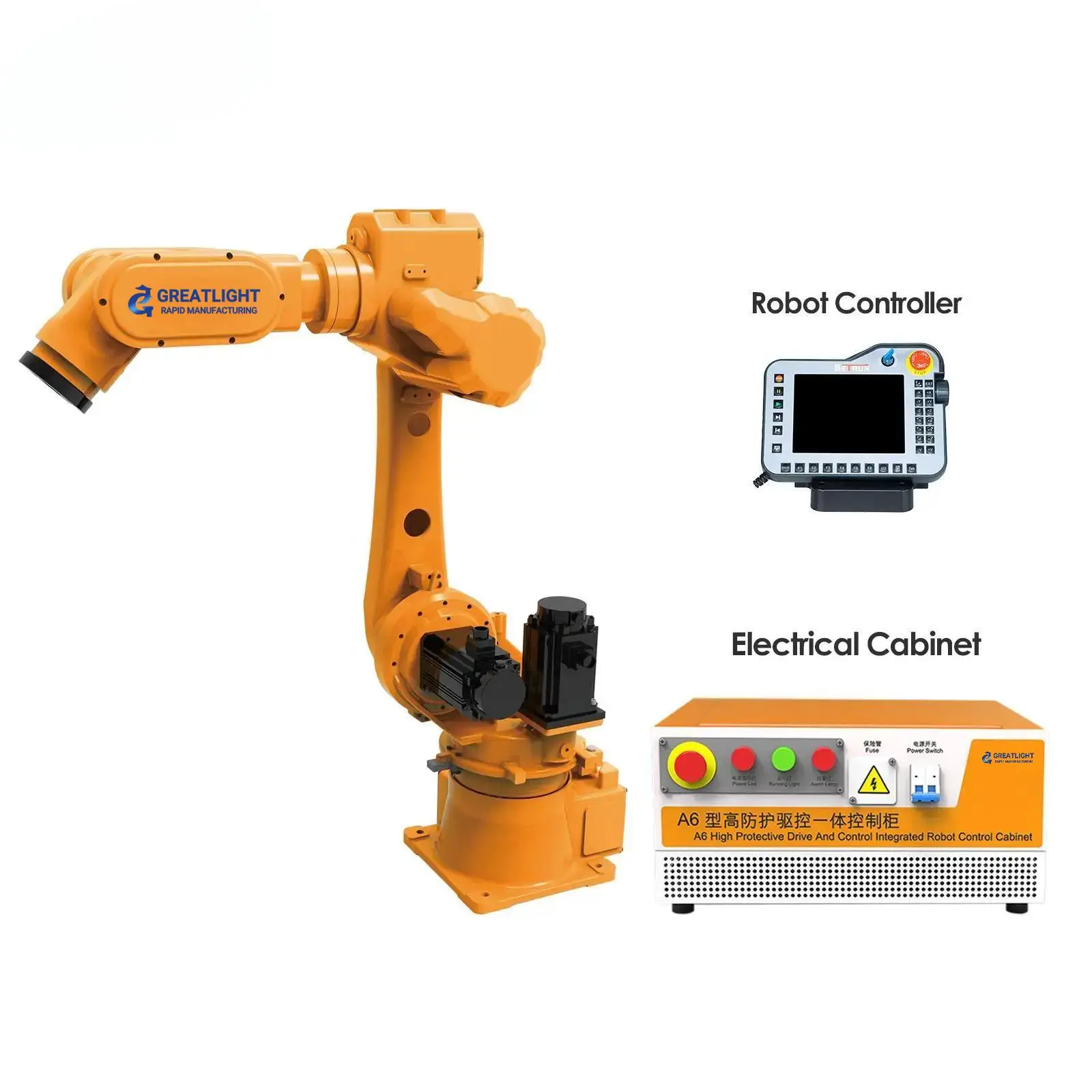Revolutionizing Form and Function: Inside 3D CNC Wire Bending
Complex three-dimensional wires have become an important component in the rapidly evolving field of precision manufacturing, driving innovation in industries ranging from medical devices to automotive and consumer electronics. Meeting the need for complex geometries, tight tolerances and repeatable accuracy requires advanced technology – Input 3D CNC wire bending. This sophisticated process transcends the limitations of manual forming and 2D bending, unlocking unprecedented design possibilities. This article takes an in-depth look at how this transformative technology works, its benefits, applications and key considerations.
The Process Revealed: How 3D CNC Wire Bending Actually Works
At the heart of 3D CNC wire bending is a computer-controlled manufacturing process that precisely forms metal wire (such as steel, aluminum, titanium, copper or special alloys) into complex three-dimensional shapes. Unlike manual bending or simpler machines, CNC wire bending machines operate along multiple axes (usually 4 or 5), enabling continuous, precise manipulation of wire in three dimensions without the need to reposition the workpiece.
Here’s a breakdown of the basic operations:
- Digital Blueprint (CAD): The process begins with a detailed computer-aided design (CAD) file that defines the precise 3D geometry of the required wire. The software converts this model into complex bending coordinates.
- CNC programming: Advanced CAM (computer-aided manufacturing) software interprets CAD data and generates precise machine instructions (G-code) that direct the sequence of motion of the press brake axes.
- Feed: The straight material is automatically fed into the bending head from the coil or straight section.
- Multi-axis control: The bending head is the heart of the machine. It usually includes:
- Main axis of rotation (C axis): Rotate the bend tool around the spool to define the bend plane.
- Bending mold: Create an actual curved profile.
- Clamp mold: Hold the wire securely during the bending operation.
- die: Supports the line segment upstream of the bend to prevent twisting or bending.
- Additional axial movement (X, Y, Z, B axis): Modern machines often include additional linear axes (X, Y, Z) for positioning the bending head in space and a secondary rotary axis (B-axis) for tilting the bending head, allowing true bending in space without having to reposition the part. where is this Advanced 5-axis capabilities become critical.
- Sequential bending: The CNC controller coordinates the movement of all axes according to a programmed sequence. As the wire is gradually fed, the bending head rotates or tilts into the correct spatial orientation and performs precise bends at programmed positions and angles.
- cut off: Once the entire shape is complete, a cutting mechanism, usually integrated into the machine head, separates the finished wire from the remaining stock.
- Optional secondary operations: Parts may undergo subsequent processes such as winding ends, adding clips or bushings, welding, plating or polishing, often integrated into a streamlined workflow.
Beyond the Machine: Key Advantages
3D CNC wire bending offers a paradigm shift from traditional methods:
- Unparalleled geometric complexity: Create complex volumetric shapes not possible with 2D bending or manual techniques – think complex springs with variable pitch, intricate frames, 3D medical guidewires or custom electrical connectors.
- Precise positioning accuracy and repeatability: CNC control ensures that each batch’s bending angles, dimensions and spatial orientation are produced with micron-level precision. This is critical for functional assembly and high-volume production.
- Extremely tight tolerances: Achieved tolerances are typically less than ±0.05mm (±0.002"), critical for applications requiring precise fit and functionality.
- Excellent consistency: The human error and variability inherent in manual bending is eliminated, ensuring every part is nearly identical.
- Reduce material waste and scrap: Precise programming and automatic feeding minimize errors and optimize material usage.
- Shorter setup time: Once programmed, switching between jobs on a modern CNC press brake is much faster than retooling a complex fixture for a manual machine.
- Increase production speed: Once the process is validated, automation can lead to high-volume production.
- Reduce labor costs: Once the machine is programmed and running, reliance on highly skilled manual operators can be reduced.
- Design freedom and prototyping speed: CAD/CAM integration enables rapid design iterations and rapid prototyping to accelerate product development.
Transformative applications across industries
The versatility of 3D CNC wire bending makes it indispensable in many fields:
- Medical and surgical: Implants, orthodontic archwires, surgical guides, laparoscopic instrument components, stents (pre-assembled), biopsy devices.
- car: Complex seat assemblies, complex exhaust system hangers, custom brackets, wire harness mounts, sensor and clamp assemblies, complex clutch/bearing mechanisms.
- aerospace: Lightweight structural components, avionics-specific springs, custom clamps and clamps, control system linkages.
- Electronics and consumer goods: Complex connectors, retaining clips, antenna assemblies, custom springs (battery contacts, micro switches), electrical components, eyeglass frames, intricate jewelry.
- Renewable energy: Heat exchanger components, solar panel mounting hardware, specialty springs and contacts for electronic systems.
- Industrial machinery: All types of custom springs (compression, tension, torsion), complex guards, spacers, specialized linkage assemblies.
Why expertise matters: Choose a partner with advanced capabilities
While CNC wire bending machines are powerful tools, obtaining the best results, especially with complex 3D geometries or demanding materials, depends on the manufacturer’s expertise and technical capabilities. This is the place to work with experts like huge light become crucial. As a professional five-axis CNC machining manufacturer, Honglaite has obvious advantages:
- State-of-the-art 5-axis CNC technology: Featuring advanced five-axis CNC wire bending and processing equipment, it provides the ultimate freedom for making complex spatial bends without the need for repositioning, ensuring accuracy and surface integrity of the most complex parts.
- Deep materials knowledge: Expertise extends beyond standard steel to include stainless steel, aluminum, titanium, copper alloys, nickel alloys and other specialty wires, understanding the unique bending characteristics of each material.
- Production technology mastery: Not just operating the machine, but an in-depth understanding of the entire process chain – from optimizing the CAD model (DFM) for manufacturability to programming complex bending sequences and selecting the optimal bending tool.
- Solve the problem accurately: Demonstrated ability to solve challenging metal part manufacturing problems, including achieving extreme tolerances, handling delicate materials, and ensuring consistent batch quality.
- Comprehensive one-stop service: In addition to bending, GreatLight offers integrated post-processing and finishing services, including machining, welding, heat treatment, plating, anodizing, polishing and custom packaging, streamlining the entire production process.
- Flexibility and speed: Able to handle rapid prototyping and large-scale production runs with the processing power "most materials" Efficient to ensure on-time delivery.
- Competitive quality and price: Leveraging advanced automation and efficient practices, GreatLight provides high-precision custom machining and wire forming solutions at the best value.
The future of 3D: where the technology is headed
3D CNC wire bending technology continues to develop rapidly. Key trends include:
- Improve machine intelligence: Integrated with artificial intelligence to enable predictive maintenance, adaptive bending (compensating for material springback in real time) and optimized path planning.
- Enhanced sensing and feedback: Advanced sensors for online quality control that instantly detect material changes or tool wear.
- Seamless integration: Press brakes are increasingly integrated into wider automated production cells, using robots for material handling and secondary operations.
- Extension to new materials: Developing bending strategies for increasingly exotic and higher-strength materials.
- A more affordable entry point: Continued advancements may make complex multi-axis bending technologies more accessible to a wider range of manufacturers.
- Fastening tolerance: Continuous improvements in machine rigidity, control systems and servo technology will further push the boundaries of achievable accuracy.
Conclusion: The power of precise form
There is no denying that 3D CNC wire bending has changed the way complex and high-performance wire assemblies are manufactured. By combining the precision of computer control with multi-axis operability, it unlocks design possibilities, ensuring unprecedented accuracy and consistency and increasing efficiency across diverse industries. Understanding and leveraging this technology is critical for businesses seeking complex, high-quality wires critical to the performance of their products or systems.
Work with renowned experts, e.g. huge lightequipped with advanced five-axis CNC capabilities, deep materials knowledge and comprehensive manufacturing solutions, ensuring the full potential of 3D wire bending is realized. From initial prototypes to full production and finishing, their expertise transforms complex designs into flawlessly executed realities, providing a unique competitive advantage in demanding markets.
FAQ: Understanding 3D CNC Wire Bending
-
Q1: What is the difference between 2D and 3D CNC wire bending?
- one: 2D bends constrain all bends to a single plane. 3D bending uses additional axes (rotational and/or tilting motion of the bending head) to create extended bends "outside the plane," Create true three-dimensional geometries without the need for manual repositioning of wires.
-
Q2: What materials can be formed using 3D CNC wire bending?
- one: The extensive range includes various grades of carbon steel, stainless steel, aluminum, brass, copper, titanium and nickel alloys. Wire diameter capability range is typically 0.5 mm (0.020") up to 16 mm (0.625") or more, depending on machine size. The key factor is the material’s ability to bend (ductility) without cracking. Professionals like GreatLight will evaluate the suitability of specific materials.
-
Question 3: What tolerances can be achieved with 3D CNC wire bending?
- one: Tolerances are highly dependent on material, wire diameter, geometric complexity and machine accuracy. For many applications, position tolerance is ±0.05mm (±0.002") and the bending angle tolerance can reach ±0.5 degrees. Higher-end machines and skilled programming can achieve tighter tolerances.
-
Q4: How long does it take to set up a new wire part?
- one: Setup times vary greatly. Simple 2D parts may take several minutes. Complex 3D geometries require new tools and complex multi-axis bending programming can take hours or longer. However, once established, subsequent parts can be produced very quickly.
-
Q5: Is 3D CNC bending cost-effective for small batches?
- one: For small batches of very simple parts, manual methods may be cheaper initially. However, accuracy, consistency and the ability to produce complex geometries, even in small batch sizes, often make CNC bending the most viable solution. Prototyping and bridging tools are common CNC applications.
-
Q6: What are the limitations of 3D wire bending?
- one: Key limitations include: the proximity of the bends (requiring a minimum straight length between bends), the minimum achievable bend radius relative to the wire diameter (to avoid kinks), extremely complex shaped tool channels, and potential material springback that needs to be compensated for. Experienced manufacturers like GreatLight design processes to mitigate these challenges.
-
Q7: Why is five-axis capability important?
- one: The 5-axis machine allows the bending head to be tilted to create complex spatial bends in a single setup without manually rotating the workpiece, adding critical flexibility. This significantly improves the accuracy of complex 3D shapes, reduces cycle times and minimizes handling, which is critical for the complex prototyping and high-volume precision production that GreatLight specializes in.
- Q8: What surface treatments can be used for wire bent parts?
- one: Almost any surface treatment imaginable: passivated, zinc plated, nickel plated, chrome plated, anodized (aluminum), powder coated, painted, polished, tumbled, special coatings. GreatLight’s one-stop service seamlessly integrates these finishing processes.









































